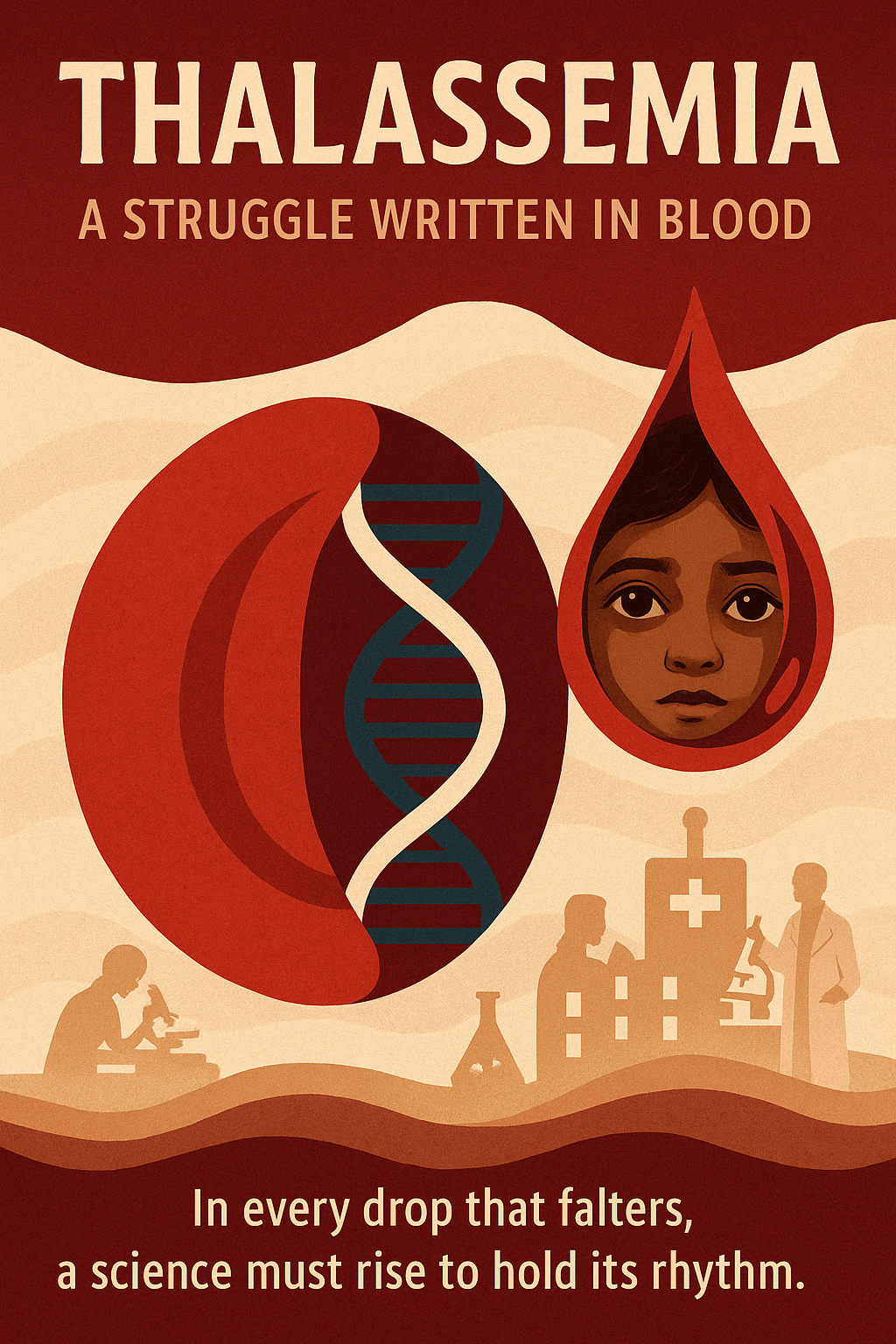
011 – Apr 8, 2025 🤰
When Giving Life Risks Life: UN Report on Maternal Mortality Trends (2000–2023)

🧭 Thematic Focus
Category: Public Health | Gender Equity | Global Development Goals
GS Paper: GS Paper II – Health, Governance, Women Empowerment
Tagline: Where motherhood becomes mortality, the system must answer—not the womb.
🌍 Intro
The UN Maternal Mortality Estimation Inter-Agency Group (MMEIG), comprising WHO, UNICEF, UNFPA, World Bank, and UNDESA, has released the report “Trends in Maternal Mortality: 2000 to 2023”.
This report lays bare gains and gaps in reducing maternal mortality, a key indicator of health equity and systemic resilience.
🔍 Key Highlights
📊 Global Context
- Global maternal deaths dropped 40% since 2000
- But progress has slowed since 2016
- In 2023:
- 260,000 deaths (≈712 women/day)
- No countries in “very high” risk zone for the first time
- Sub-Saharan Africa: 70% of global maternal deaths
- Central & South Asia: ~17%
- Conflict-affected countries (37 nations): 64% of all deaths
🇮🇳 India’s Progress and Concerns
- MMR fell from 362 (2000) → 80 (2023)
- But India still reported 19,000 deaths in 2023 —
Tied with DR Congo, 2nd highest globally - Nigeria leads with 75,000 deaths
- India’s progress slowing, especially in resource-poor states
📌 Regional Disparities Within India
- Southern states: Better healthcare access, lower MMR
- Northern states: High mortality due to:
- Poor infrastructure
- Socio-economic gaps
- Limited emergency obstetric care
- Primary Health Centres (PHCs) often lack:
- Equipment
- Skilled staff
- Referral support
🦠 COVID-19’s Disruption
- Pandemic caused a spike in maternal deaths
- Estimated 40,000 additional global deaths (2021)
- Healthcare disruption, reduced access to antenatal care
- World still off-track to meet SDG Target:
- <70 maternal deaths per 100,000 live births by 2030
🧬 Causes of Maternal Mortality
- Postpartum haemorrhage (leading cause)
- Hypertensive disorders
- Sepsis/infections
- Indirect causes:
- Pre-existing conditions (e.g., anaemia, malnutrition)
- Most deaths are preventable with timely intervention
🏥 Role of Healthcare Infrastructure
- PHCs and CHCs often lack capacity for complicated deliveries
- Delayed referrals = delayed treatment = increased risk
- Need for:
- Skilled birth attendants
- Emergency obstetric care units
- 24/7 services in rural belts
🌱 Preventive Measures & Global Recommendations
- Improve rural healthcare access
- Train health workers and midwives
- Ensure IV fluids, antibiotics, oxytocin availability
- Promote maternal education, early registration
- Empower women through reproductive rights and awareness
🧠 Concept Explainer: Why This Matters
Maternal death is not fate.
It is a policy failure—a lapse in delivery systems, dignity, and human rights.
When women die giving life, we must question not biology, but bureaucracy.
🗺️ GS Paper Mapping
- GS Paper II – Health, Government Schemes, Women and Child Development
- GS Paper I – Social Issues: Gender, Demographics
- Essay Themes – “Maternal Mortality: A Mirror to Public Health,” “Empowering the Womb with Will”
💭 A Thought Spark — by IAS Monk
“The breath that births a child
must not be her last.
For if motherhood is sacred,
so too must be her survival.”


















